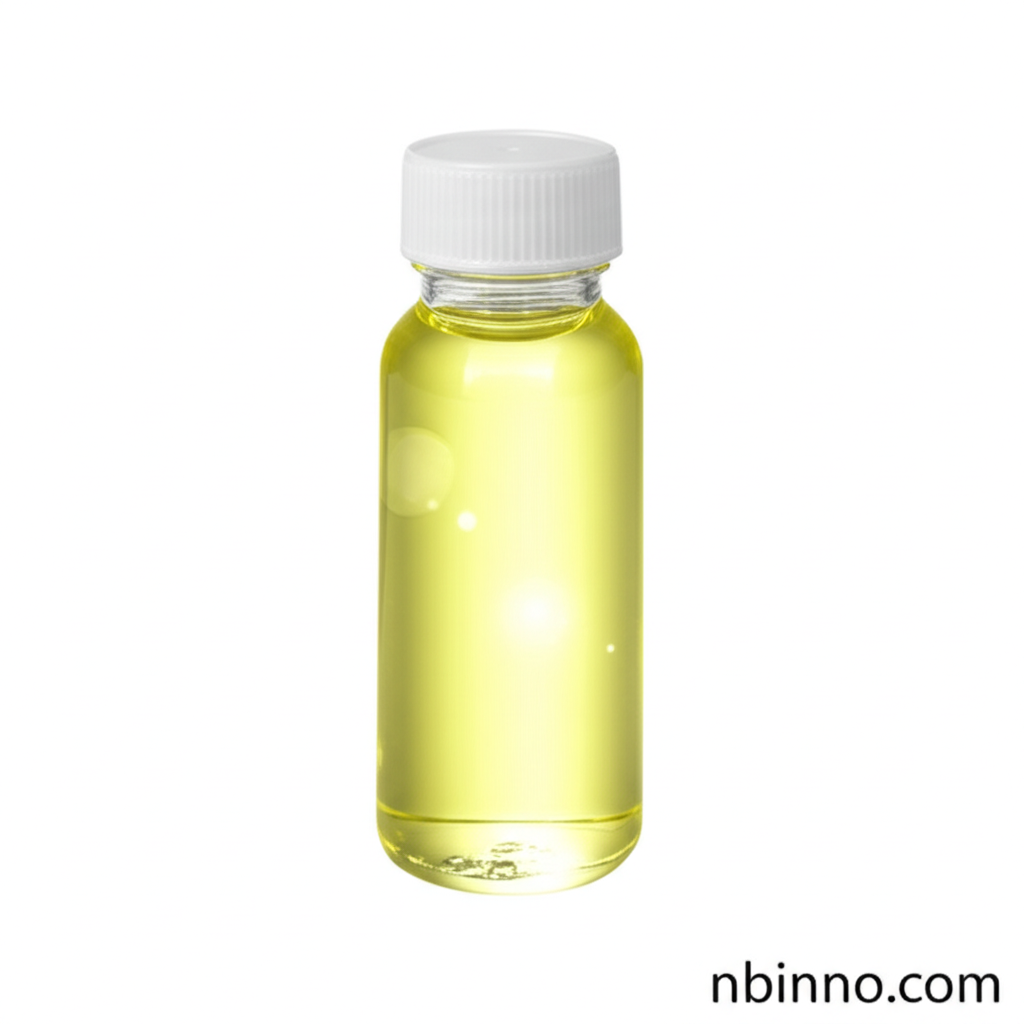6-Chloro-1-hexanol: A Versatile Pharmaceutical and Agrochemical Intermediate for Synthesis
Discover the essential properties and diverse applications of 6-Chloro-1-hexanol, a critical building block for pharmaceutical, agrochemical, and flavor & fragrance industries. Explore its synthesis and market availability.
Get a Quote & SampleProduct Core Value

6-Chloro-1-hexanol
As a trusted supplier in China, NINGBO INNO PHARMCHEM CO.,LTD. offers high-quality 6-Chloro-1-hexanol (CAS: 2009-83-8). This compound is a crucial pharmaceutical intermediate, essential for the synthesis of various active pharmaceutical ingredients (APIs) and complex organic molecules. Its well-defined chemical structure and purity make it an indispensable component in advanced chemical manufacturing processes.
- Explore the synthesis of vital pharmaceutical compounds using 6-chloro-1-hexanol as a key pharmaceutical intermediate.
- Leverage this chemical building block for synthesis in various agrochemical applications.
- Understand the applications of 6-chlorohexanol in creating sophisticated flavor and fragrance compounds.
- Secure a reliable supply of CAS 2009-83-8, a vital chemical building block for synthesis, from a reputable manufacturer.
Advantages Offered by 6-Chloro-1-hexanol
Versatile Synthetic Utility
6-Chloro-1-hexanol serves as a versatile chemical building block for synthesis, enabling the creation of a wide array of complex organic molecules essential for the pharmaceutical and agrochemical sectors. Its reactive functional groups allow for diverse chemical transformations.
High Purity for Critical Applications
Our commitment to quality ensures that this pharmaceutical intermediate is available in high purity grades, critical for meeting stringent industry standards in pharmaceutical development and production. Reliable supply of CAS 2009-83-8 is guaranteed.
Key Role in Flavor and Fragrance
The compound's unique structure makes it valuable in the flavor and fragrance industry, contributing to the creation of novel scents and tastes. Its application as a flavor and fragrance intermediate enhances product development.
Key Applications
Pharmaceutical Synthesis
As a critical pharmaceutical intermediate, 6-chloro-1-hexanol is instrumental in the development and manufacturing of various drugs. Its use as a chemical building block for synthesis is well-established in creating APIs.
Agrochemical Intermediates
The compound finds significant use as a pesticide intermediate, contributing to the efficacy and development of crop protection agents and other agricultural chemicals. Utilizing 6-chlorohexanol in these processes is key.
Flavor and Fragrance Compounds
Its chemical properties allow for its incorporation into synthesis pathways for producing specialized flavor and fragrance ingredients, adding value to consumer products.
Organic Synthesis Reagent
Beyond specific industries, 6-chloro-1-hexanol acts as a fundamental organic synthesis reagent, enabling researchers and chemists to construct more complex molecular architectures.
